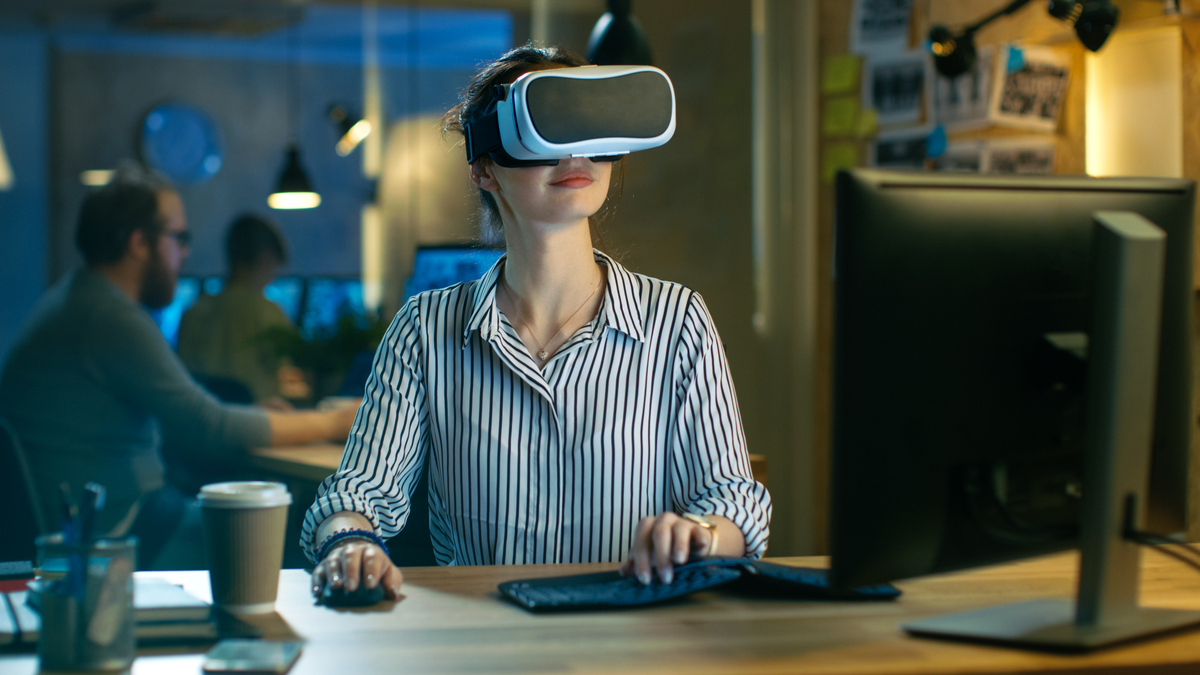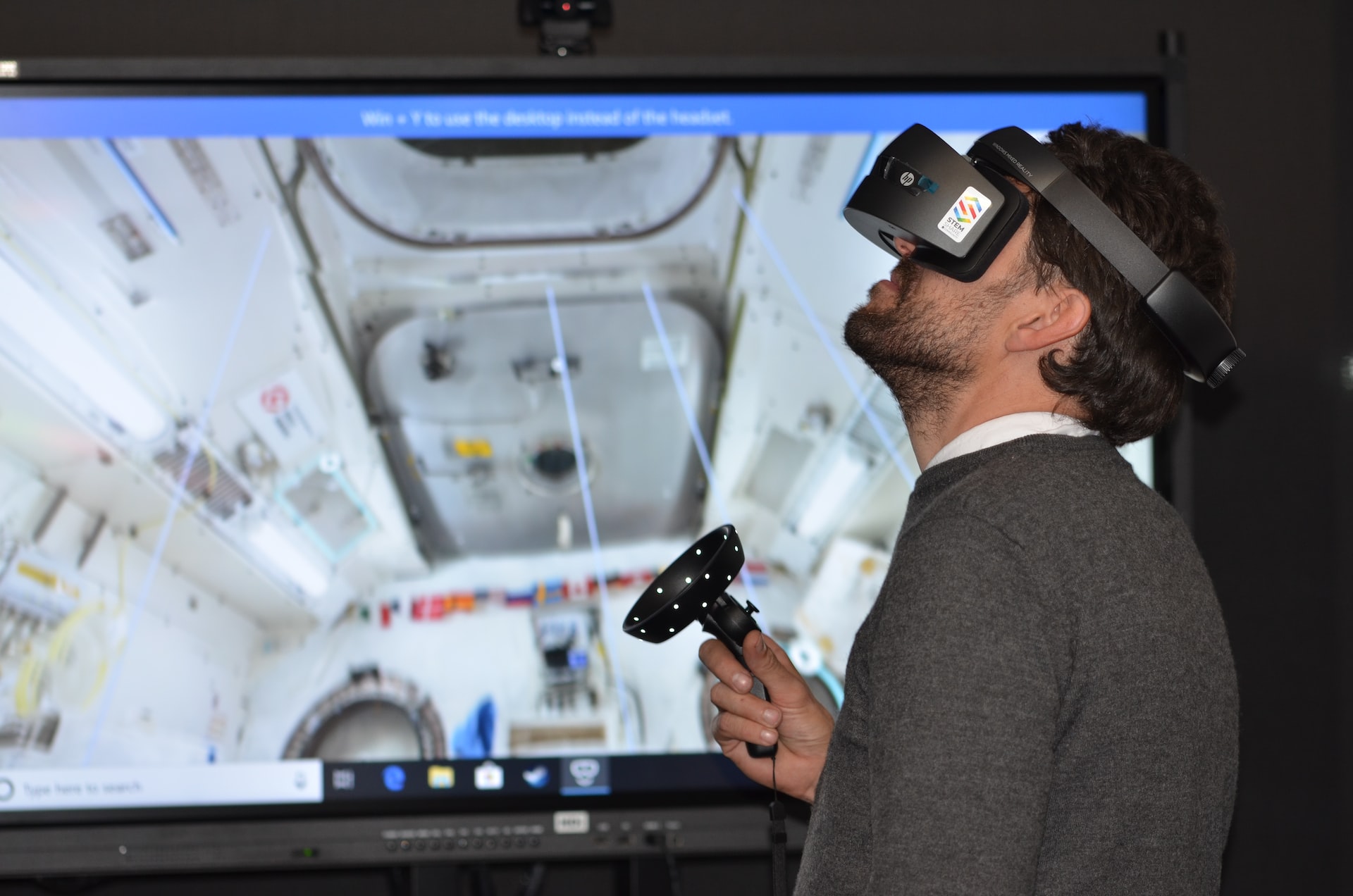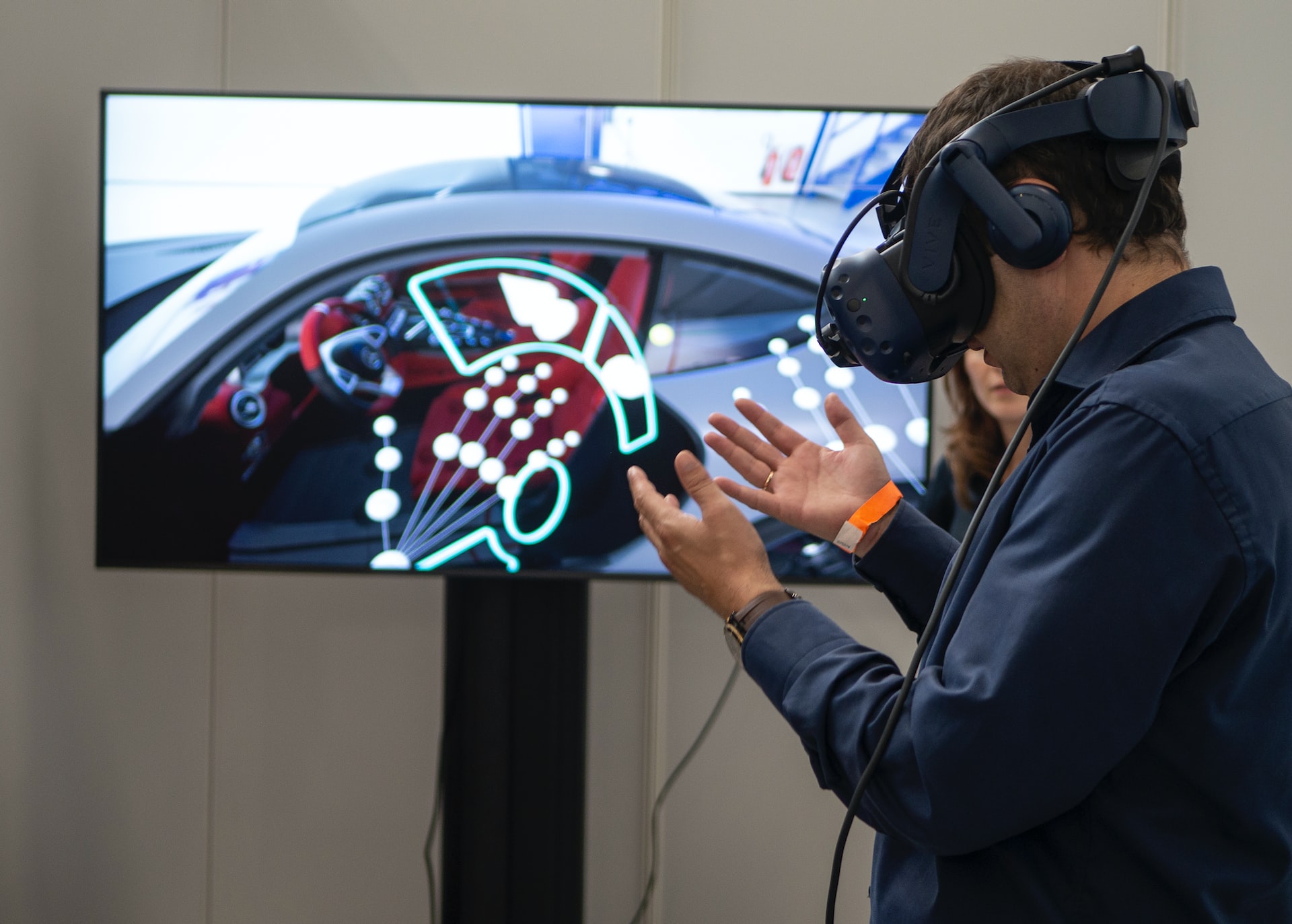Before getting into the details regarding the usages of augmented and virtual realities in onboarding, let’s get a brief on ‘What is Onboarding and the importance of this process?’
You will also want to solicit the advice of a dedicated extended reality lawyer like Gamma Law before implementing it in your onboarding process.
Onboarding is approximately a 90-day long process, which aims at providing the recruits with all the necessary details and training they might require to participate equally in the Company’s productivity. The process even involves a detailed documentation process, wherein the recruits need to review and sign onboarding documents verifying their joining date in the firm. Find more details about onboarding and what it entails here.
Importance of this process:

A survey report by Careerbuilder and Silkroad technology suggests that approximately 9% of the recruits leave a company because of the assistance of poor onboarding and almost 37% of employees stated that during their onboarding procedure, the manager barely played any significant role, leading to a poor onboarding experience. Whereas, if the onboarding procedure is strategically planned, then almost 69% of the employees last in the company for 3 years.
Onboarding acclimatizes recruits to their position, the company’s values, and the perks the firm has to offer. Moreover, this process motivates the employees to be dedicated to the business’s productivity and aids in reducing employee turnover.
Now, as we are well aware of what onboarding is and why it is important, let’s learn about the roles of AR and VR in onboarding.
What are Virtual and Augmented Realities?

Virtual Reality works to simulate real-world experiences and this technology is quite advanced to enable the feeling of being in a completely different location.
Augmented reality with the assistance of digital visual components, music, or other sensory stimulations, employs technology to add a layer of information about the real World. Its use highlights particular aspects of the real world and produces accessible insights that can be put to use in practical contexts. It is frequently employed in technological fields like mobile computing.
With the use of AR and VR technology, the gaming industry has bagged attention by bringing many players from all over the world to one single stage. The eLearning sector is currently undergoing this cutting-edge technology. To improve the realism of learning and provide realistic simulations to individuals, many eLearning experts are incorporating AR and VR into their online courses.
You can also use it to the benefit of your employees and their orientation. By integrating your onboarding process with VR and AR technology, you can have positive long-term outcomes. AR offers an interactive, practical, and successful onboarding experience. This can be especially useful for remote employees who are just starting off their work in a new company.
There are multiple ways VR and AR can be used to improve the onboarding experience of your employees. Keep reading to know more.
Ways in which VR and AR can assist in transforming onboarding:
1. Gamification in virtual reality provides breathtaking multi-sensory experiences. Being one of the best onboarding strategies, interactive gamification in VR takes it to the next level. When powered by VR, it may be used to not only enhance the presentability of your company but also be used to change the boring, drawn-out onboarding process into extremely engaging, personalized experiences. Try implementing celebrity quiz shows instead of hour-long PowerPoint presentations with the assistance of VR.

2. Virtual training modules might prove to be of immense help for careers that involve utilizing expensive machinery or tools, are high-stress, or are extremely risky. The use of VR enables you to onboard and train your sales crew, field service team, and other groups.
3. Lack of connection between the employee and the organization and recruits not feeling like a part of the firm because of the poor onboarding experience leads to higher turnover rates within the first six months of joining. Assimilation sessions for teams frequently do not go as planned and this is where virtual reality may truly help by connecting distant employees with the managers. You can allow new hires to experience being welcomed into the organization by the CEO, meet colleagues who are located on different continents, and get a sense of the organizational culture.
AR produces interesting, incredibly visual stuff which enables the capacity to learn and retain information remarkably well. According to a 2018 Neuro-Insight study, engaging with augmented reality increased visual attention by nearly two-fold and memory encoding activity by almost three times compared to non-AR.
3. A multitude of information, from dress codes to company principles, can be found in employee handbooks and a captivating and entertaining way to convey this information is through augmented reality. For instance, make onboarding into an augmented reality game show where employees progress and unlock films, photos, or animation with their smartphone. AR quizzes measure knowledge retention, which provides data on how effectively new hires are assimilating content. In addition to all these, augmented reality also acts as a potent storytelling tool, making it ideal for conveying the history, purpose, and values of your company. To encourage your staff to interact with your business and comprehend your mission, develop engaging augmented reality content.

5. The first day on the job can be a little intimidating hence, with interactive experiences, augmented reality can aid new hires in their initial training. These can then be reviewed and accessed as per the requirement to assist staff in settling in on their own.
Employees can activate particular AR experiences by generating and placing recognizable stickers around the office. You could, for instance, put these stickers next to machinery and start AR health and safety demos. Or you might create interactive staff portraits to display their department, job description, contact information, or interesting facts. By developing a scavenger hunt, you can also turn them into games, and employees can be asked or challenged with finding and finishing each AR experience to earn points and gain knowledge at the same time.
To engage new hires and accomplish onboarding goals, AR may provide a variety of experiences, from small-scale activations to content-rich storytelling. Whether it’s a scavenger hunt or assisting new hires in settling in or an augmented reality quiz to measure knowledge retention, AR onboarding can result in more knowledgeable employees who are prepared to start bringing value to your organization more quickly.
Final Thoughts
In addition to the advantages mentioned above, you may save a tonne of money by not flying new workers or sending trainers to field offices. In addition, depending on the industry, VR and AR training modules can be used continuously for years. Everyone, from a small business to a huge corporation may incorporate VR into the onboarding process as a result of the declining cost of VR video creation, the increased accessibility of web-based VR authoring platforms, and the more affordable devices. And AR has the power to improve onboarding at your business, through its distinctive characteristics AR offers staff members dynamic learning opportunities that are sure to make an impression.







